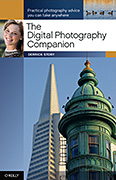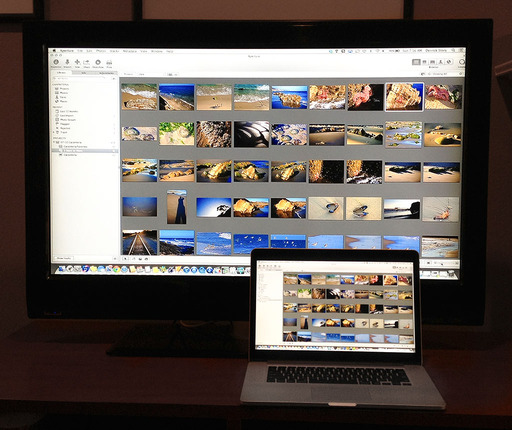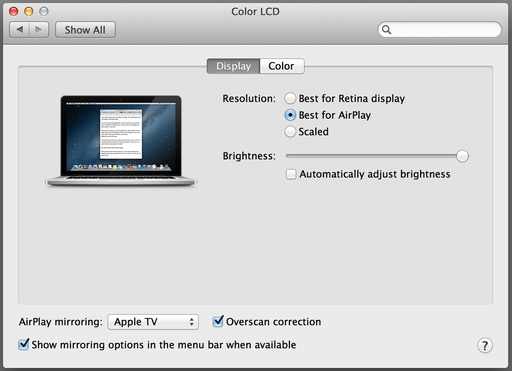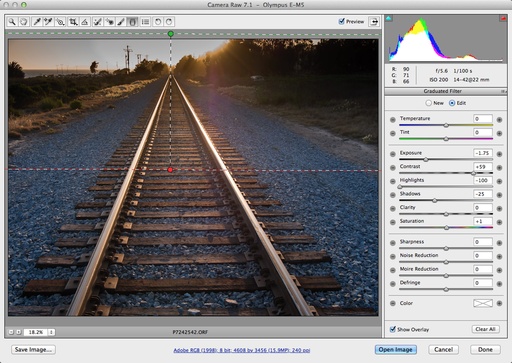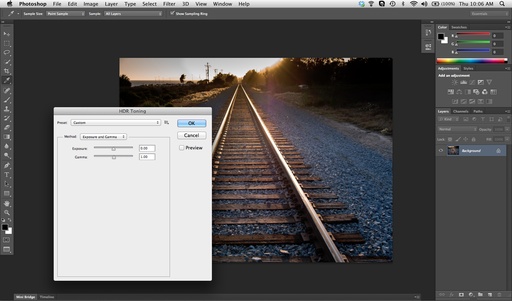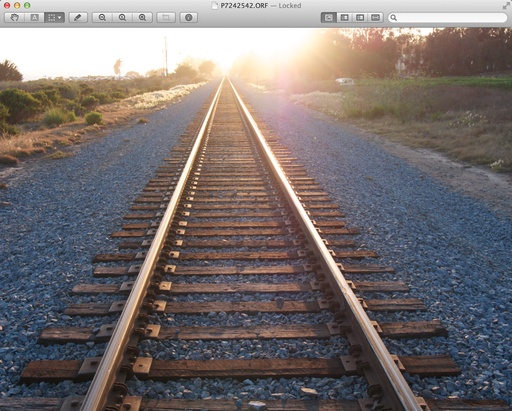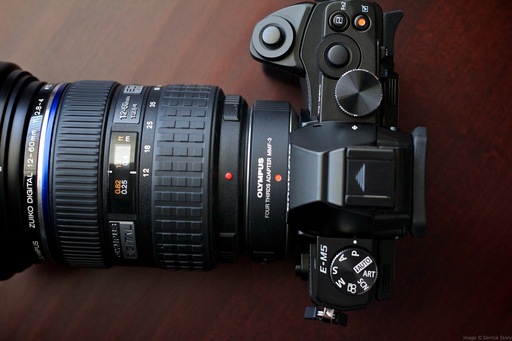Earlier this evening, I was part of a conversation on TWiP about what a great time it is for photographers. On my way home, a visual case in point.
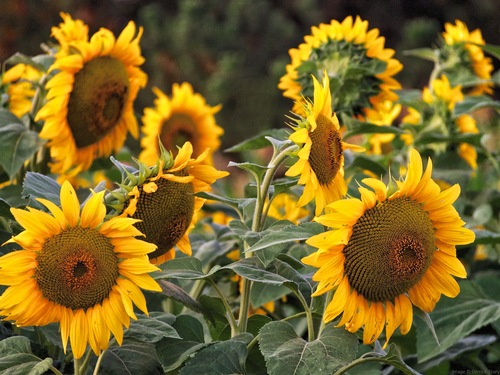 "Sunflowers at Sunset" Click on image to inspect larger version. Photo by Derrick Story.
"Sunflowers at Sunset" Click on image to inspect larger version. Photo by Derrick Story.
There's a field of sunflowers near my house that I've been keeping an eye on. Leaving work late put me there right at sunset as I drove by. I pulled out the Olympus OM-D E-M5 and mounted the 40-150mm f/4.0-5.6 R Lens. The light was low, and I wanted to extend the zoom to tightly frame the shot.
As a result, I captured this image at ISO 1600, 1/8 sec. at f/5.5... handheld. The effective focal length was 276mm. In my mind, to hand hold a shot at this focal length at 1/8 of a second defies photography as I understood it for years. But the image stabilization, great electronics, and sharp lens redefines what we can do with a camera.Like we were saying earlier: it's a great time to be a photographer.
Take a look at the Olympus Micro Four Thirds Gear Guide for an overview of cameras, lenses, and accessories.

